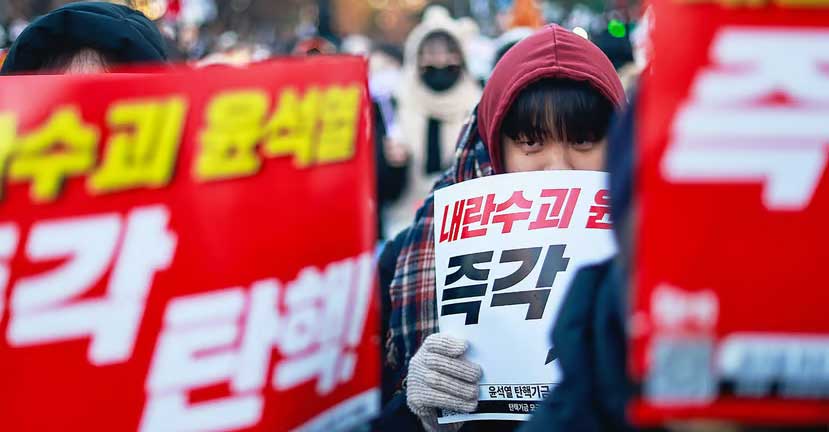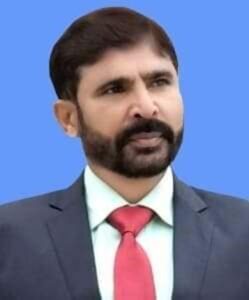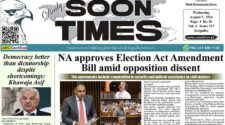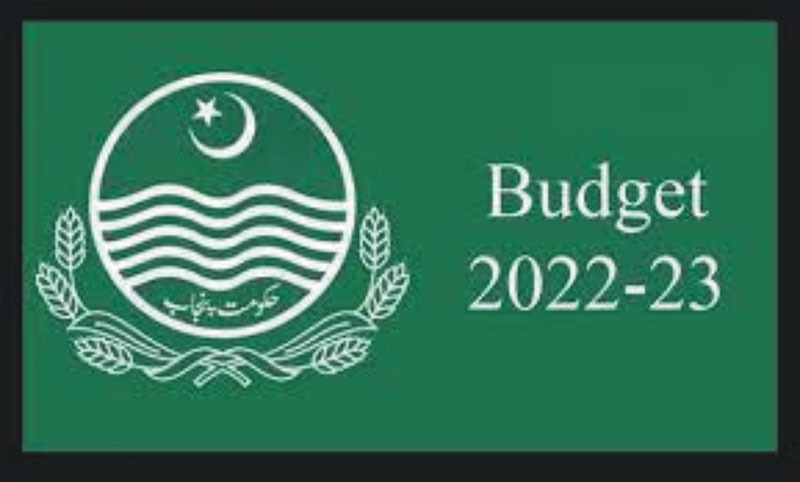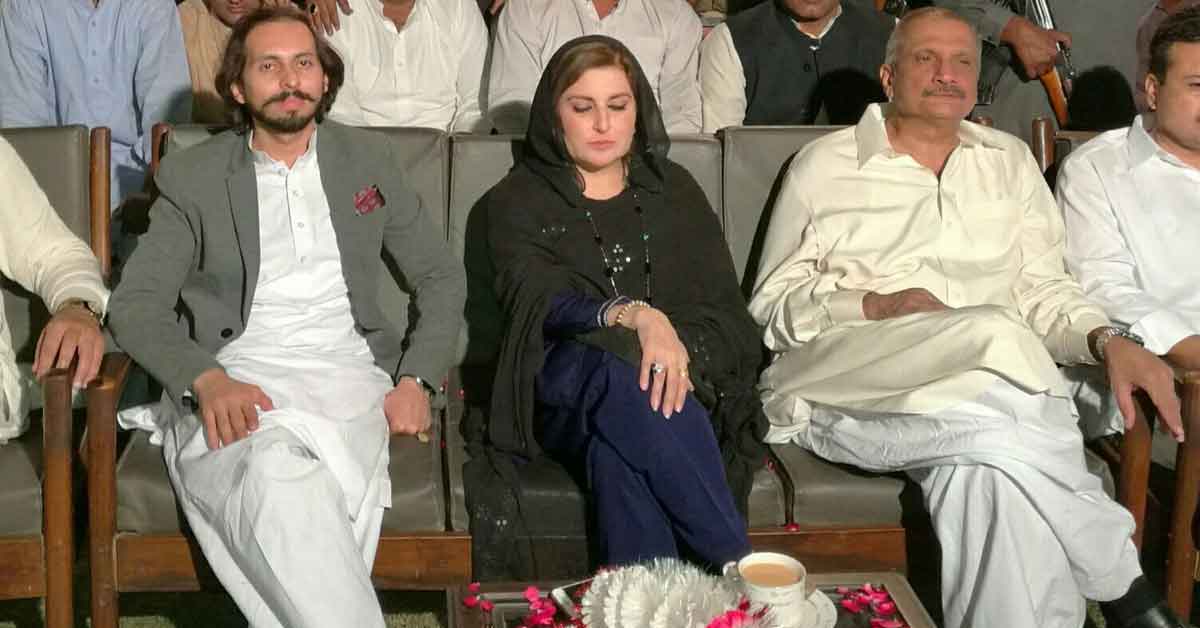On December 3, 2024, South Korean President Yoon Suk Yeol took the extraordinary step of declaring martial law, accusing the opposition Democratic Party of engaging in “anti-state activities” and attempting to obstruct governmental operations. This sudden decision sparked an immediate response from lawmakers, with 190 of South Korea’s 300 parliamentarians convening to demand its revocation. Under the South Korean Constitution, the president is obligated to respect such an order, and Yoon ultimately rescinded the declaration within hours. This event posed a critical test of South Korea’s democratic resilience, its regional geopolitical role, and the durability of its alliances.
Martial law in South Korea suspends civilian authority and grants broad powers to the military. Under such a regime, the president can dissolve parliament, restrict public demonstrations, and impose additional measures deemed necessary to restore order. In this case, Yoon’s declaration included the dissolution of parliament, a ban on public demonstrations, and an order for striking medical interns and residents to return to work within 48 hours. The president justified these measures by citing a constitutional crisis and accusing the opposition of undermining the state. However, the opposition Democratic Party argued that the declaration was an overreach, designed to stifle dissent and consolidate executive power. The swift parliamentary vote against the declaration underscored the strength of South Korea’s democratic institutions and the commitment of its lawmakers to preserving constitutional norms. At the heart of Yoon’s decision was the political impasse between his administration and the opposition-controlled parliament. The Democratic Party had blocked critical legislation, including the 2025 budget bill, which left the government unable to address urgent economic and social issues. Additionally, efforts to impeach prosecutors who had declined to charge Yoon’s wife with alleged investment fraud further exacerbated tensions. Beyond political gridlock, labor unrest, particularly in the healthcare sector, contributed to the sense of crisis. Striking junior doctors and other medical workers disrupted essential medical services, creating public discontent. By declaring martial law, Yoon sought to reassert control and compel a return to normalcy. However, his framing of these issues as “anti-state” activities drew criticism for conflating legitimate political opposition with subversive threats.
While Yoon’s declaration did not explicitly reference North Korea, developments on the Korean Peninsula likely influenced the decision. Pyongyang’s increased military activities, including missile tests and rhetorical threats, have heightened security concerns in South Korea. By linking domestic opposition to North Korea sympathizers, Yoon attempted to portray martial law as a safeguard against both internal and external threats. This strategy, however, risked deepening domestic divisions. Critics argued that equating political dissent with national security threats undermined democratic freedoms and diverted attention from genuine security challenges posed by North Korea. Moreover, a government preoccupied with internal disputes would be less effective in addressing external threats, potentially emboldening Pyongyang to exploit the situation. The invocation of martial law had significant implications for South Korea’s regional and international standing. Domestically, it threatened to erode public trust in democratic institutions and revive memories of past authoritarian regimes. Internationally, it raised concerns about the stability of a key U.S. ally in East Asia and its ability to uphold democratic values. The United States, with approximately 28,500 troops stationed in South Korea, has a stake in the country’s stability. A prolonged period of martial law could have strained the U.S.-South Korea alliance, complicating joint efforts to counter North Korean aggression. It could also have disrupted trilateral cooperation with Japan, which is critical for maintaining the regional balance of power. Moreover, South Korea’s democratic backsliding could have undermined its credibility as a proponent of liberal values in the Indo-Pacific region. This, in turn, could have provided propaganda fodder for authoritarian regimes seeking to challenge the global democratic order. The swift parliamentary response to Yoon’s declaration demonstrated the resilience of South Korea’s democratic institutions. Lawmakers from across the political spectrum united to defend constitutional norms, forcing the president to revoke martial law within hours. This outcome reinforced the principle that executive power is subject to legislative oversight, even in times of crisis.
Civil society also played a crucial role in resisting the imposition of martial law. Protests and statements from advocacy groups highlighted the importance of safeguarding democratic freedoms and holding the government accountable. These efforts underscored the maturity of South Korea’s democracy and its capacity to withstand challenges to its constitutional order. The December 3 declaration of martial law serves as a cautionary tale about the limits of executive authority in a democratic system. It underscores the importance of maintaining a clear distinction between legitimate political dissent and threats to national security. It also highlights the risks of using extraordinary measures to address routine political disputes. For South Korea, the incident underscores the need for continued vigilance in protecting democratic norms and institutions. It also points to the importance of dialogue and compromise in resolving political and social conflicts. In the absence of such mechanisms, crises are likely to recur, with potentially destabilizing consequences for the nation and the region.
Dr. Muhammad Akram Zaheer


